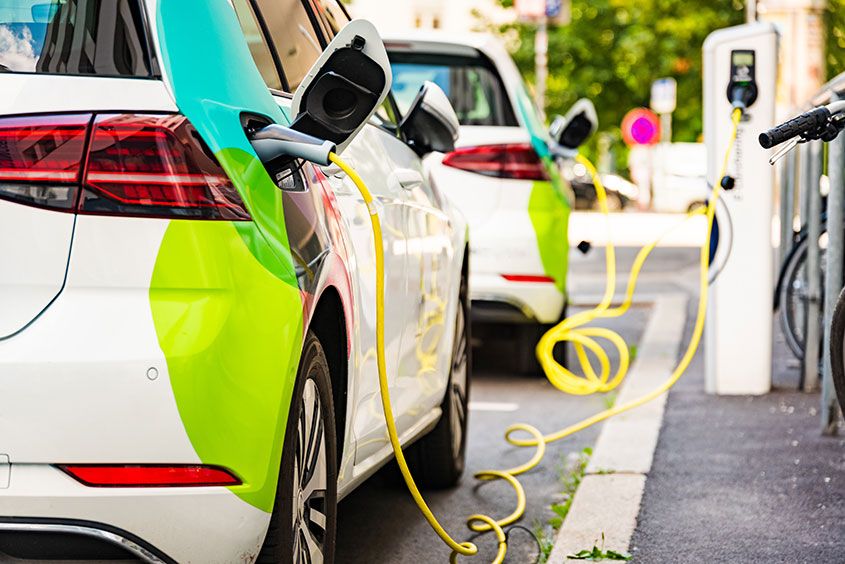The future is electric, right?
Well, it’s a bit more complicated than that. Let’s take a deeper look into the world of electric cars.
Electric cars have been deemed one of the most innovative things on the market that promotes a sustainable, eco-friendly lifestyle. They are highly marketed as revolutionary and futuristic and an integral part of the elite lifestyle that is so sought after.
The first electric car hit the road in the early 1900s. Since the beginning, many people thought electric cars were a fad and didn’t fully comprehend their purpose, so they came and left like any other fad. In the late 80s, many places around North America began to understand the impact on human health and the environmental issues caused by car exhaust and the number of cars on the road. Feeling the effects of incredible carbon emissions sparked almost every car company to create an electric-powered, zero-emission vehicle. Lower-emission cars equals less environmental impact, right?
Here’s the complicated part. What’s the one thing powering electric cars. Electricity. In NorthAmerica, over half of the electricity still comes from coal and fossil fuel power plants rather than renewable sources of energy. In fact, in 2021, it was only 12% from renewable sources.
On a bright note, more and more countries around the globe are beginning to and building on making the change to renewable energy as their primary energy source. Canada has enacted the Canadian Net-Zero Emissions Accountability Act to achieve net-zero greenhouse gas emissions by 2050. Places like Ontario, Canada prove that it is possible to succeed with renewable energy.
Powering any car creates pollution–it either comes from a power plant that manufactures the car or the exhaust pipe when you drive. However, the car was still produced in factories that must import goods worldwide. There are hidden environmental impacts that are still real when you look at how and where these cars are manufactured and how the materials are distributed, and those can easily be just as dangerous. To overcome this issue, major car dealerships like Tesla’s Gigafactory and general factories worldwide are cutting fossil fuels entirely and running completely on and producing renewable energy.
So, to answer the question from the start, the future may not be electric, but the future HAS to be sustainable.
If not now, when?
Sustainable sources of energy or renewable sources of energy are perfect areas to look at when considering ways to power your electric vehicle. Solar power, wind power, and hydropower are the three primary and most sustainable options of renewable energy sources. As intimidating as nuclear energy sounds, it is still much less detrimental to the environment than natural gas and fossil fuels. Once the electric car industry can eliminate the hidden environmental impacts, these cars will create virtually no harm to the planet and significantly better our quality of life.
The Government of Canada already has many incentives that can save you money in the long run when you purchase an electric vehicle. Government and financial encouragement are some of the best ways to help spread awareness to the general public by making new environmental advancements more feasible and accessible.
You can also go into your local town and see if there are car charging stations that run off of renewable sources and support local businesses that are actually following through with making a difference for the environment. Driving an electric car is only half the battle to producing fewer emissions, but it is a great place to start.









